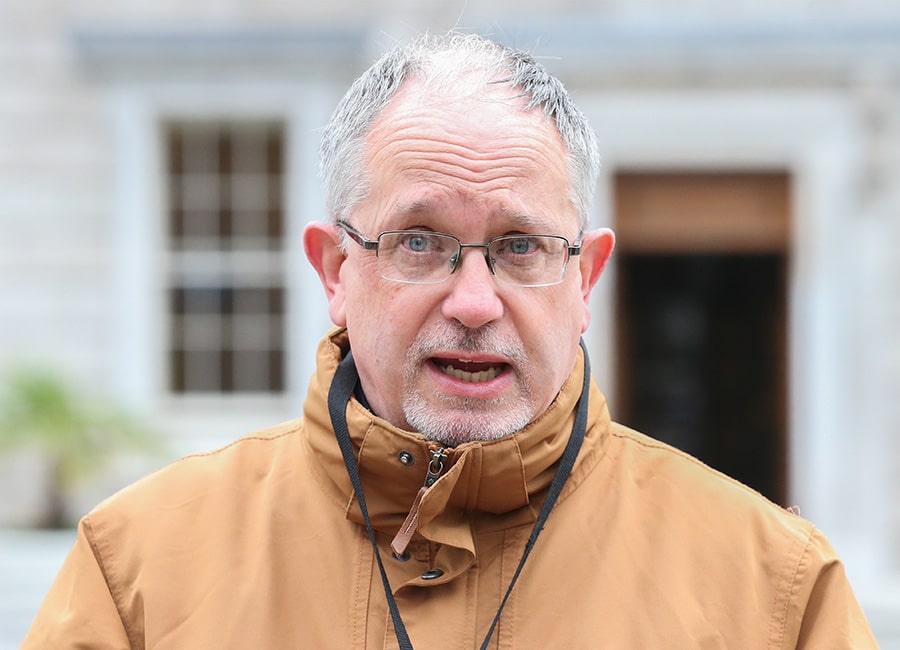State funding is being used to prop up the “dying industry” of greyhound racing, according to TD Mick Barry, and it is high time “to turn off the tap”.
The TD is basing his demand on data he obtained from Greyhound Racing Ireland, which shows that public attendances at greyhound races are in sharp decline.
The majority of attendees at races this year have been owners, trainers, bookmakers and those given free tickets.
Barry said: "We learned in 2019 that up to 6,000 greyhounds were being killed each year because they were not fast enough. I'm in favour of withdrawing taxpayer support from this industry because I believe it goes hand in hand with animal cruelty.
“But it's clear from these figures that there's another good reason to turn off the tap — state funding is being used to prop up a dying industry.”
According to Barry, the sector has received €17.6m this year in state subsidies under the Department of Agriculture's Horse and Greyhound fund.

In the first five months of 2022, 73,330 people attended greyhound meetings and half of the attendees were owners and trainers, bookmakers and recipients of complimentary tickets.
With pandemic restrictions in place in the previous two years, the majority of freebies was even larger - 70% of the total attendance.
Overall, attendance figures have been in decline since 2008, when 1.1 million people attended events, declining to 463,000 attending in 2019 and 325,000 predicted for the full year of 2022.
Economist Jim Power disagrees and believes the 2015 figure could be equalled in 2023. Power authored a report commisisioned by GRI in 2021, saying that the horse and greyhound fund provides “excellent value” and is “essential to the survival and continued development of the horse and greyhound racing industries”.
He estimated that in 2019 the greyhound sector represented a total of 4,150 full-time and part-time jobs, excluding the 6,000 or so greyhound owners, yielding gross wages of c.€100m per annum from both direct and indirect employment and a tax take of €15.6m.
In his report, Power was optimistic that attendances could recover.
“Government support for the sector is very important, and in the absence of such support, there would be considerable implications for rural employment and economic activity, Power stated.
“Provided the public and private greyhound stadia are put on a sound commercial footing, and there is a continuance of the aggressive approach to regulating the sector, it should be possible to target attendance levels of around 630,000 by 2023, which were last seen in 2015.
“The ongoing challenge for GRI is to continue the development of a commercial greyhound racing industry built on a consumer-focused and high-quality entertainment product, which meets the highest possible international regulatory and welfare standards.”








